China Aerospace Science and Industry Corporation (CASIC) sets new speed record with superconducting maglev train, paving the way for super-fast Hyperloop train system.
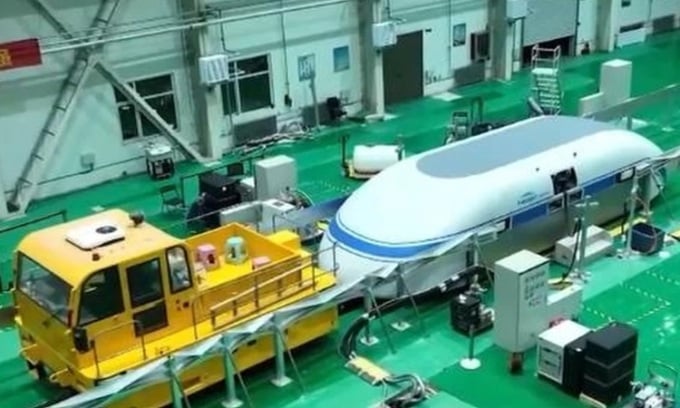
Maglev train capsule on a 2km test track in Datong. Photo: CCTV
While the exact speed the train reached is classified, CASIC said it had made a "major breakthrough" in its latest test, the Sun reported on February 2. It was the first time a maglev train had achieved stable levitation in a low-vacuum tube, using a full-scale 2-kilometer test track completed in November last year, CASIC said. The result surpassed the previous record set by a superconducting maglev vehicle (623 km/h) in non-vacuum conditions in October 2023. A month earlier, a similar test using high-temperature superconducting maglev technology reached a speed of 234 km/h on a 380-meter track.
The high-speed train project combines air and land rail transport technologies with a design speed of up to 1,000 km/h, surpassing the speed of commercial aircraft. Superconducting maglev technology allows the train to hover above the track to eliminate friction when moving through specially designed low-vacuum tubes. The near-vacuum conditions reduce air resistance, creating "near-ground flight" at ultra-high speeds. According to CASIC, the test not only set a speed record for the system, but also tested several key technologies and demonstrated how well they work together.
The test track in Datong, northern China’s Shanxi Province, is the longest and largest of its kind, representing the first full-scale test of China’s ultra-high-speed low-vacuum tube maglev transport system. Track construction began in April 2022. The concrete surface on which the equipment is installed requires millimeter-level precision. The difference in track flatness cannot exceed 0.3 mm. A number of integration and safety features are also needed when the train transitions from hovering to moving.
Since there has never been a similar ship system produced domestically, many construction details cannot be fully described in drawings. Instead, they need to be summarized and confirmed through experiments before being tested in the engineering project.
The test demonstrated that the vehicle tube and track interacted well, keeping the maglev vehicle stable in flight. The motion system and safety devices also worked as expected. These achievements will lay a solid technical foundation for future high-speed tests and the construction of a national transportation network, CASIC said.
An Khang (According to Sun )
Source link





![[Photo] Nhan Dan Newspaper launches “Fatherland in the Heart: The Concert Film”](https://vphoto.vietnam.vn/thumb/1200x675/vietnam/resource/IMAGE/2025/10/16/1760622132545_thiet-ke-chua-co-ten-36-png.webp)












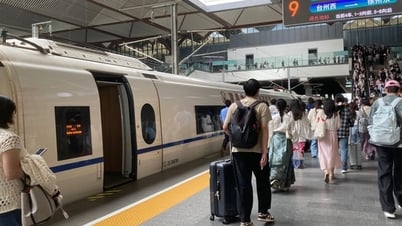

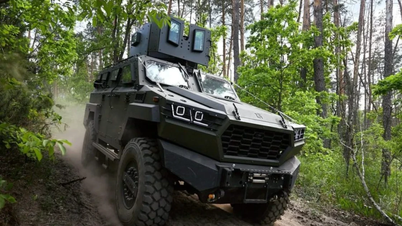






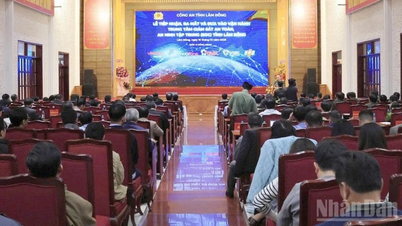











![[Photo] General Secretary To Lam attends the 18th Hanoi Party Congress, term 2025-2030](https://vphoto.vietnam.vn/thumb/1200x675/vietnam/resource/IMAGE/2025/10/16/1760581023342_cover-0367-jpg.webp)
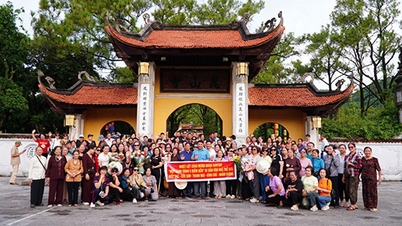





































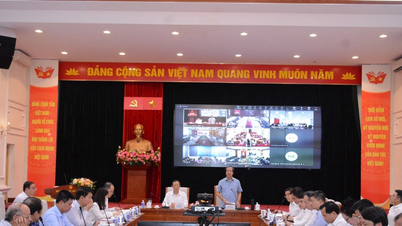















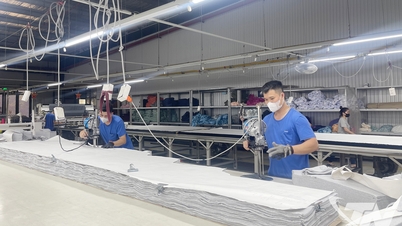














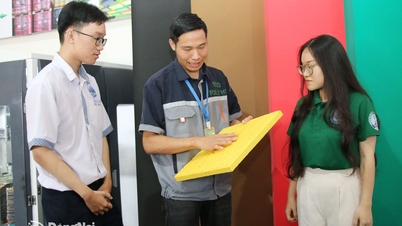






Comment (0)